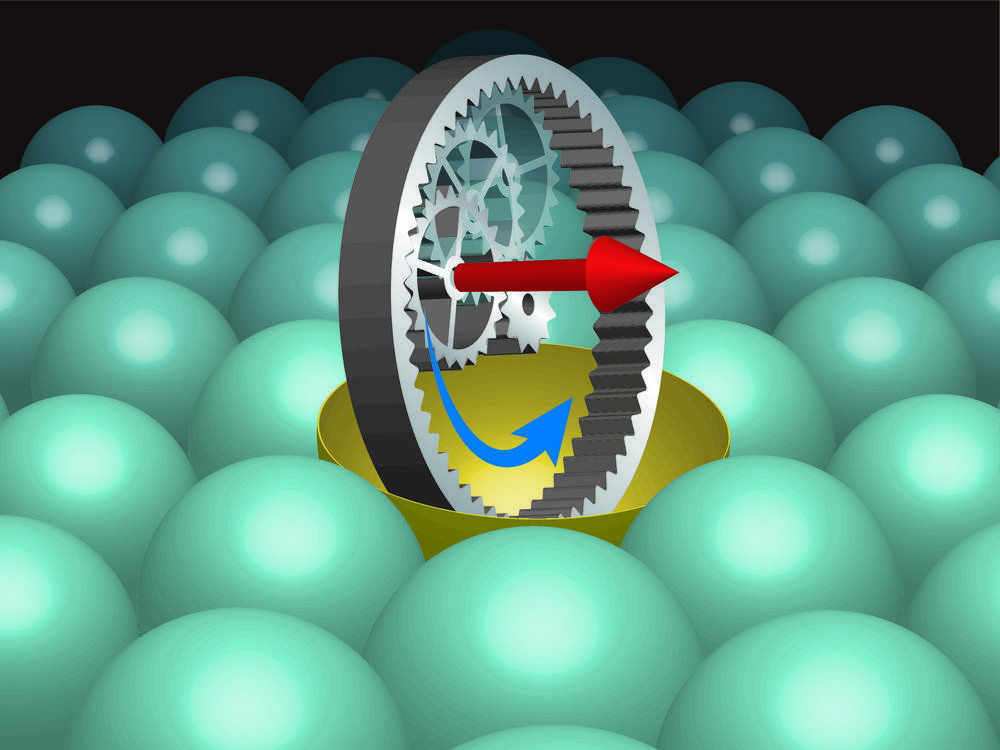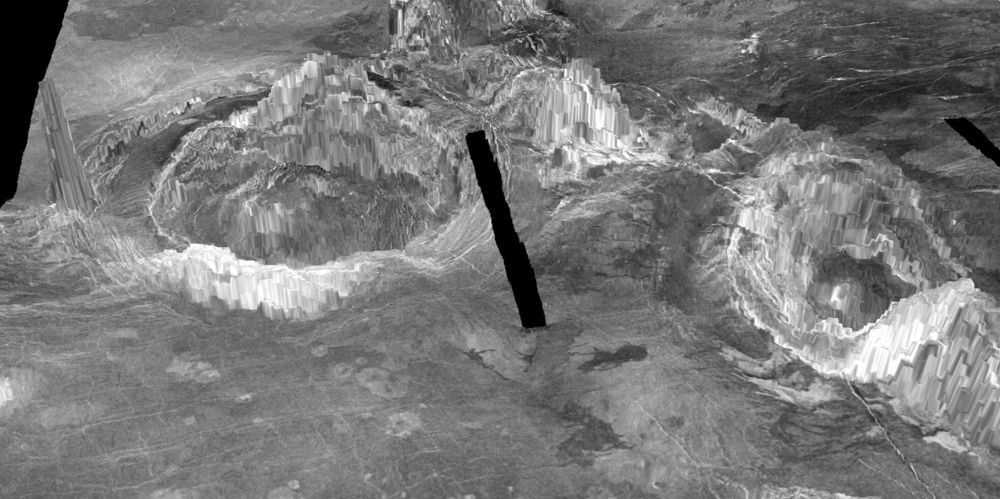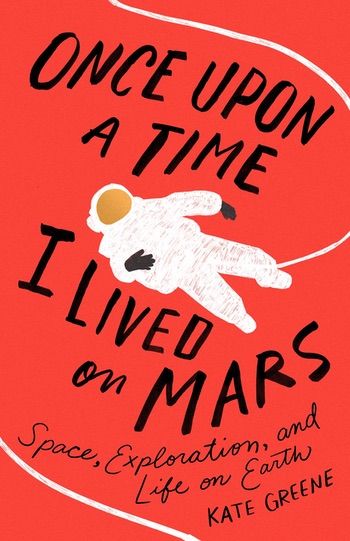Page 7227
Jul 20, 2020
AstraZeneca slides even as the company’s coronavirus vaccine trial results show ‘promise’
Posted by Omuterema Akhahenda in categories: biotech/medical, economics
AstraZeneca shares fell on Monday even after the publication of positive results from a trial of its experimental COVID-19 vaccine developed in partnership with Oxford University.
The study, published in The Lancet on Monday, said healthy volunteers who received the experimental vaccine, called AZD1222, showed immune responses.
Jul 20, 2020
Scientists strengthen quantum building blocks in milestone critical for scale-up
Posted by Quinn Sena in categories: computing, quantum physics
A group of international scientists have substantially lengthened the duration of time that a spin-orbit qubit in silicon can retain quantum information for, opening up a new pathway to make silicon quantum computers more scalable and functional.
Spin-orbit qubits have been investigated for over a decade as an option to scale up the number of qubits in a quantum computer, as they are easy to manipulate and couple over long distances. However, they have always shown very limited coherence times, far too short for quantum technologies.
The research published today in Nature Materials shows that long coherence times are possible when spin-orbit coupling is strong enough. In fact, the scientists demonstrated coherence times 10,000 times longer than previously recorded for spin-orbit qubits, making them an ideal candidate for scaling up silicon quantum computers.
Jul 20, 2020
New Stem Cell Treatment Using Fat Cells Could Repair Any Tissue in The Body
Posted by Quinn Sena in category: biotech/medical
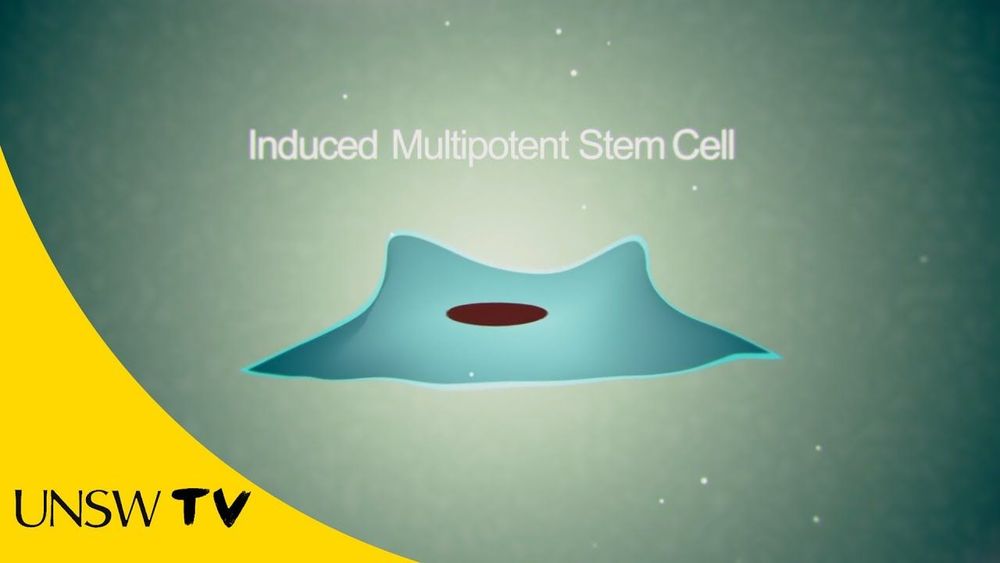
Circa 2016
In a world first, Australian scientists have figured out how to reprogram adult bone or fat cells to form stem cells that could potentially regenerate any damaged tissue in the body.
Continue reading “New Stem Cell Treatment Using Fat Cells Could Repair Any Tissue in The Body” »
Jul 20, 2020
Physicists take stop-action images of light-driven molecular reaction
Posted by Quinn Sena in categories: biotech/medical, chemistry
Kansas State University physicists have taken extremely fast snapshots of light-induced molecular ring-opening reactions—similar to those that help a human body produce vitamin D from sunlight. The research is published in Nature Chemistry.
“Think of this as stop-motion like a cartoon,” said Daniel Rolles, associate professor of physics and the study’s principal investigator. “For each molecule, you start the reaction with a laser pulse, take snapshots of what it looks like as time passes and then put them together. This creates a ‘molecular movie’ that shows how the electronic structure of the molecule changes as a function of how much time passes between when we start and when we stop.”
Shashank Pathak, doctoral student and lead author on the paper, said the idea was to study the dynamics of how a ring opens in a molecule on the time scale of femtosecond, which is one quadrillionth of a second. The researchers use a free-electron laser to visualize how these reactions happen by recording electron energy spectra as the atoms in the molecule move apart.
Jul 20, 2020
Tuscon Electric Power Makes Dramatic Pivot Toward Renewable Energy
Posted by Quinn Sena in categories: energy, sustainability

Remember just 2 years ago when the utility companies that supply electricity to customers in Arizona went into a tizzy over a ballot initiative that would mandate them to get 50% of their electricity from renewable sources by the year 2030? Oh, the weeping and wailing and gnashing of teeth could be heard from sea to shining sea. It was a direct frontal assault on the American way of life. It was so dire, the utilities ponied up $40 million of their own money (actually it was their customers’ money) to defeat it.
Jul 20, 2020
Scientists discover volcanoes on Venus are still active
Posted by Quinn Sena in categories: geology, space
A new study identified 37 recently active volcanic structures on Venus. The study provides some of the best evidence yet that Venus is still a geologically active planet. A research paper on the work, which was conducted by researchers at the University of Maryland and the Institute of Geophysics at ETH Zurich, Switzerland, was published in the journal Nature Geoscience on July 20, 2020.
“This is the first time we are able to point to specific structures and say ‘Look, this is not an ancient volcano but one that is active today, dormant perhaps, but not dead,’” said Laurent Montési, a professor of geology at UMD and co-author of the research paper. “This study significantly changes the view of Venus from a mostly inactive planet to one whose interior is still churning and can feed many active volcanoes.”
Scientists have known for some time that Venus has a younger surface than planets like Mars and Mercury, which have cold interiors. Evidence of a warm interior and geologic activity dots the surface of the planet in the form of ring-like structures known as coronae, which form when plumes of hot material deep inside the planet rise through the mantle layer and crust. This is similar to the way mantle plumes formed the volcanic Hawaiian Islands.
Jul 20, 2020
Ultimate precision limit of multi-parameter quantum magnetometry
Posted by Quinn Sena in category: quantum physics
Quantum magnetometry, one of the most important applications in quantum metrology, aims to measure the magnetic field with the highest precision. Although estimation of one component of a magnetic field has been well studied over many decades, the highest precision that can be achieved with entangled probe states for the estimation of all three components of a magnetic field remains uncertain.
In particular, the specific questions include how to balance the precision tradeoff among different parameters, what is the ultimate precision, can this precision limit be achieved, and how to achieve it.
Under the lead of Prof. Guo Guangcan, Prof. Li Chuanfeng and Prof. Xiang Guoyong from University of Science and Technology of China (USTC) of the Chinese Academy of Sciences, together with Prof. Yuan Haidong from the Chinese University of Hong Kong, obtained the ultimate precision for the estimation of all three components of a magnetic field with entangled probe states under the parallel scheme. The study was published online in Physical Review Letters.
Jul 20, 2020
Proteus becomes the world’s first manufactured non-cuttable material
Posted by Quinn Sena in categories: particle physics, transportation
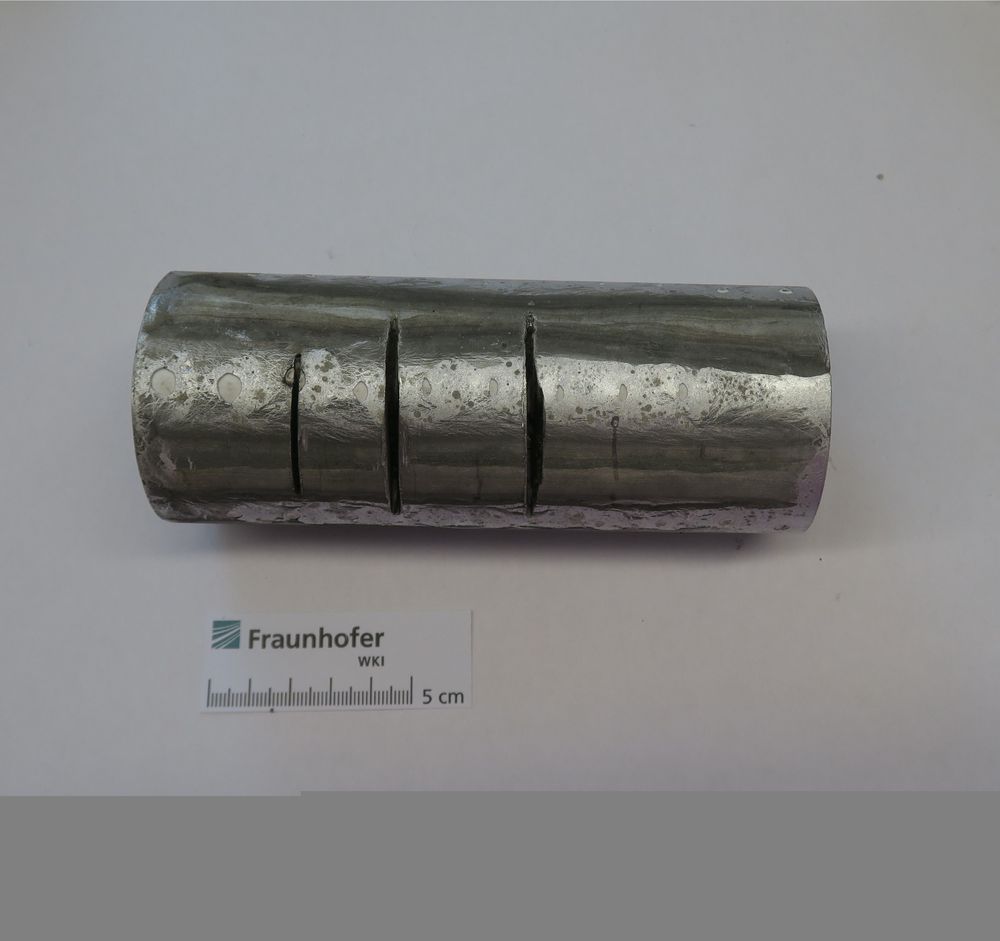
Researchers from the UK’s Durham University and Germany’s Fraunhofer Institute claim they’ve come up with the world’s first manufactured non-cuttable material, just 15 percent the density of steel, which they say could make for indestructible bike locks and lightweight armor.
The material, named Proteus, uses ceramic spheres in a cellular aluminum structure to foil angle grinders, drills and the like by creating destructive vibrations that blunt any cutting tools used against it. The researchers took inspiration from the tough, cellular skin of grapefruit and the hard, fracture-resistant aragonite shells of molluscs in their creation of the Proteus design.
Continue reading “Proteus becomes the world’s first manufactured non-cuttable material” »
Jul 20, 2020
Review: Once Upon a Time I Lived on Mars
Posted by Roderick Reilly in categories: food, robotics/AI, space
Once Upon a Time I Lived on Mars: Space, Exploration, and Life on Earth by Kate Greene St. Martin’s Press, 2020 hardcover, 240 pp. ISBN 978−1−250−15947−2 US$27.
While the robotic missions launching to Mars this year have a wide range of science goals, they are widely seen as precursors for eventual human missions to the Red Planet. NASA’s Mars 2020 mission includes an experiment called MOXIE that will demonstrate a way to produce oxygen from the carbon dioxide in the Martian atmosphere, a capability that will be essential for future human expeditions. NASA’s fiscal year 2021 budget proposal included a request to start work on a Mars Ice Mapper mission, an orbiter that would search for subsurface ice deposits that could be resources for future human expeditions.
Much of the planning for future Mars missions is focused on various capabilities needed to safely transport humans to the surface of Mars and bring them back. But beyond technologies like in situ resource utilization and supersonic retropropulsion are more mundane, but no less essential, matters: How will the crew eat? How will they deal with boredom on the long mission? How will they get along with one another in a confined space?


